Who’s In The Economic Driver’s Seat?

The United States economic environment is on the up-and-up. According to expert predictions, the United States is looking forward to GDP growth, a dropping unemployment rate, stable inflation and a booming manufacturing industry between 2018 and 2020.
What we are noticing is it is not just one industry that is leading the charge, but how many cross-industry partnerships are forming. So, who is driving who? Take a look at the healthcare and telecommunications industries, for example. The healthcare industry has a growing need for change in the traditional healthcare delivery. There is little question that professional care delivery in the United States is shifting toward virtual healthcare. Just a few months ago, medical research firm Parks Associates released a report showing that 60% of U.S. households with broadband access “are interested in remote care that would take place online or by telephone.” In turn, improved telecom technology is needed to drive these virtual healthcare innovations.
The telecommunications sector continues to be a critical force for growth and innovation across multiple industries.Other likely synergies to notice are between the A/E/C industries and the real estate industry. This is easy to spot around the Kansas City region when identifying collaboration across industries. With a stable economic environment, investors and developers are buying and building properties with little risk. The Kansas City metro has been fortunate to attract big company developments like Amazon, Garmin and UPS. In October 2017, Mid America Regional Council (MARC) published their 2018 economic forecast. Their report provides a status update on development projects in the metro. These projects are driving the A/E/C industry through new construction, renovation and proposed retail sites.
As an engineering and surveying firm, we are noticing a shift in land use and design within these new development projects. Today, urban and rural planning has shifted to a more connected community by means of zoning reform. Form-based code is replacing all or part of the traditional zoning ordinances. This creates a more livable community with mixed-use properties. Such code responds to today’s market pressures of families and corporations alike wanting to dwell in walkable urban places and it saves critical infrastructure dollars while building in more compact forms.
Even though we are in a strong economic environment, growth can lead to challenges. As a nation, our existing infrastructure is in major need of rehabilitation. As of 2016, 9.1% of our nation’s bridges were structurally deficient. Regionally, we are seeing infrastructure improvements to our major arterial highway bridges across I-70, I-435 and the Buck O’Neil Memorial Bridge. Funding for these projects utilizes much of the local and state budgets, leaving little room for other improvements without raising tax dollars. On the flip side, this challenges the A/E/C industries to be innovative in the way projects are designed and constructed to be more economical.
Through the ups and downs of the economy over our last 25 years, there has been one constant that has carried us through; our ability to innovate and adapt in a changing market. As we charge through the second quarter of 2018, BHC is optimistic about the new opportunities and challenges we will meet.
